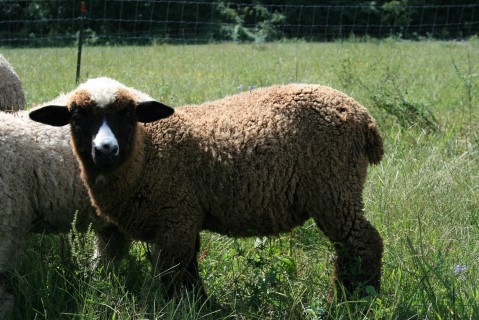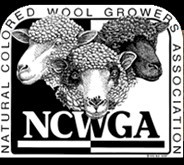Cormo Sheep were developed in Tasmania by I.K. Downie through a systematic breeding program. Mr. Downie crossed Corriedale Rams with 1200 carefully selected superfine Saxon Merino Ewes to create the Cormo breed.
The breeding program for Cormo sheep emphasizes scientific measurement of commercially desirable characteristics such as clean fleece weight, fiber diameter, growth rate, and fertility. The name "Cormo" is derived from the combination of its two parent breeds: Corriedale and Superfine Saxon Merino.
Introduced into the United States in 1976, Cormo sheep are valued for their economic utility rather than being promoted as show sheep. They produce a long-stapled, high-yielding fine-wool fleece with a high degree of fiber uniformity. Cormos are also known for their ability to cross well with American breeds.
The original selection criteria for Cormo sheep included high clean fleece weight, fiber diameter within the range of 17-23 microns, fast body growth rate, and high fertility. The breed is a result of 1/4 Lincoln, 1/4 Australian Merino, and 1/2 superfine Saxon Merino ancestry.
Cormo sheep are considered to be easy keepers, requiring approximately 40% less feed than larger breeds. They are known for their ruggedness and adaptability to various climates, thriving in harsh conditions ranging from the climate of eastern Montana to the humidity of the East Coast and the wetness of the Northwest, as well as the heat of the Southwest.
Lambing is typically easy for Cormo ewes, and multiple births are not uncommon. In assisted lambing situations, lambing rates can reach as high as 150-180%. The breed is also notable for its strong mothering instincts, lack of wool blindness, and a high muscle to bone ratio.

